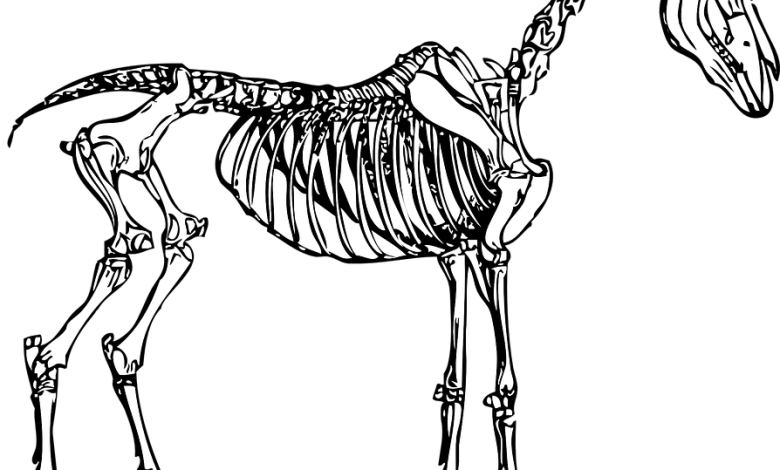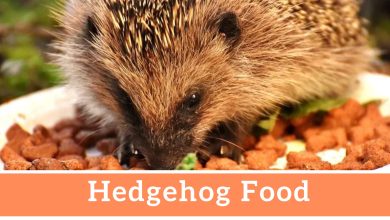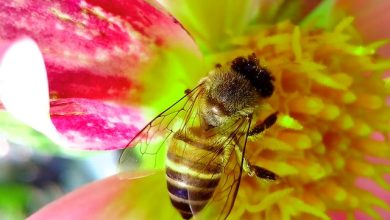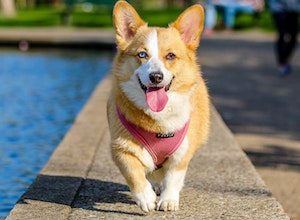Horse Anatomy

Few animals on Earth can match the horse in terms of style and grace. Humans have always found horses to be pleasant, thanks to their long legs, slim necks, and lively movements. All the things that make us enthralled by the appearance of horses significantly impact the species’ long-term survival. The horse anatomy is perfectly adapted for living in grasslands and being able to escape predators.
Ultimately, they are a unique breed with various eccentric characteristics that distinguish them from other animals.
This article will present you the fascinating horse anatomy information so that you can get a better understanding of these magnificent creatures!
Why does dog hair stick to black clothes?
Horses can sleep by standing up.
During sleep, horses can stand up due to a structural feature called the stay apparatus. The stay apparatus comprises an array of ligaments and tendons that permit the horse to keep its stifle and hock in the correct position.
Horses can sleep on their four legs while their fourth leg rests. Because of the stay apparatus, horses’ hocks and stifles cannot be moved separately.
Standing up while sleeping is a survival strategy that allows horses to run from predators. To complete their sleeping cycle, however, they will still need to sleep deep (RAM) to stand up.
Horses have the biggest Eyes.
Being a prey animal implies that horses must have a wide vision range to spot danger in their surroundings. Evolution has given horses big eyes compared to other land animals.
Compared to human eyes, for instance, horses’ eyes are eight times more dimensions! This lets them observe a wide area around them while having only one small blind spot in the front and behind.
This doesn’t mean horses are better at seeing than us. Horses have limited depth perception and cannot see details because their binocular range is only 55-65 degrees.
Their eyes are very good at detecting motion. Because of this, their eyes are extremely sensitive to all movement in their environment. Horses are sensitive to sudden movements, particularly in peripheral vision, and can’t see clearly.
A horse’s teeth occupy more space than its brain.
A horse’s teeth are fully formed at birth and continue to develop throughout its life like those of other herbivores. It takes up more space than any other organ in the horse’s body when they’re born with most of their teeth still in their skulls.
Horses grind and grasp feed material. As a result, their incisors and premolars wear down, stimulating the growth of new teeth.
The edges of horses’ teeth are often dotted with sharp points because they chew in a circular motion. Horses need regular dental care to maintain good oral health.
Arab Horses have fewer bones than other breeds.
Horses have 205 bones on average, which is one more than us. Although Arabian horses have an average of 201 bones, not all horses share this characteristic.
It’s easy for an Arabian horse to notice its short back and high tail carriage.
These characteristics are due to Arabians having one fewer pair of ribs (17 rather than 18), lumbar vertebrae (5 rather than 6), and fewer tail vertebrae.
Horses Lack a Gallbladder
In contrast to humans, horses do not have a gallbladder and thus can’t store the bile. The liver produces bile, which assists in breaking down fats by acting as an emulsifying substance.
Since horses eat frequent smaller meals instead of big meals as humans do and don’t require the same quantity of bile released at one time.
As opposed to a gallbladder, the horses are equipped with multiple bile passages that flow in bile to the intestines at an almost constant frequency.
Other animals lacking gallbladders are rats, deer, bird species, and invertebrates.
Check out these latest collections of horse neck blanket & horse stable blankets. Only on One Stop Equine Shop!




